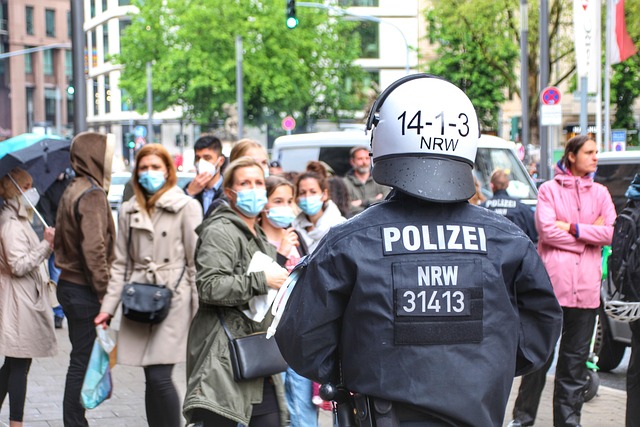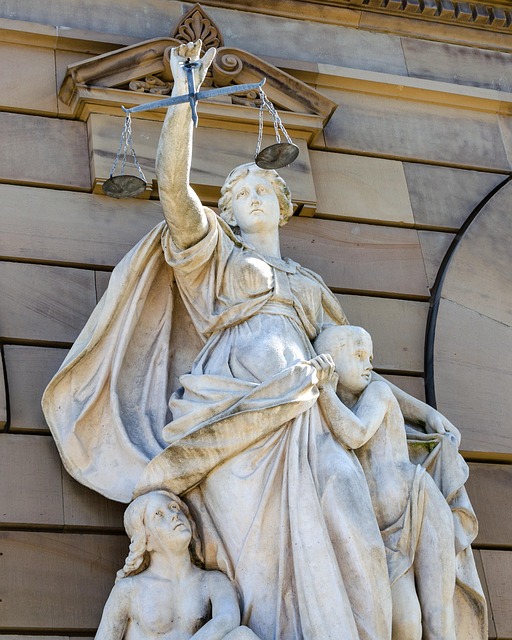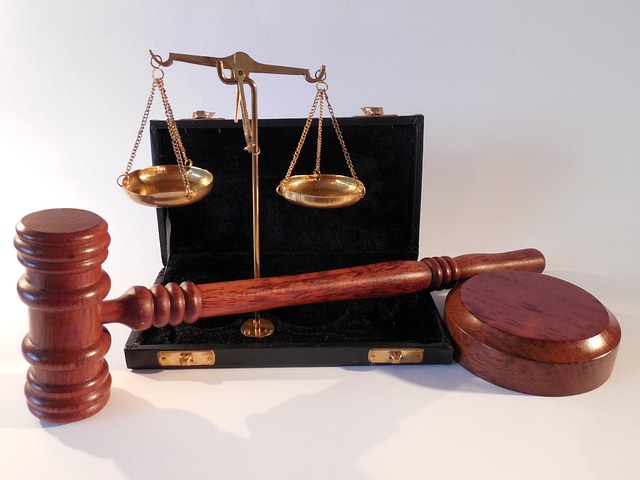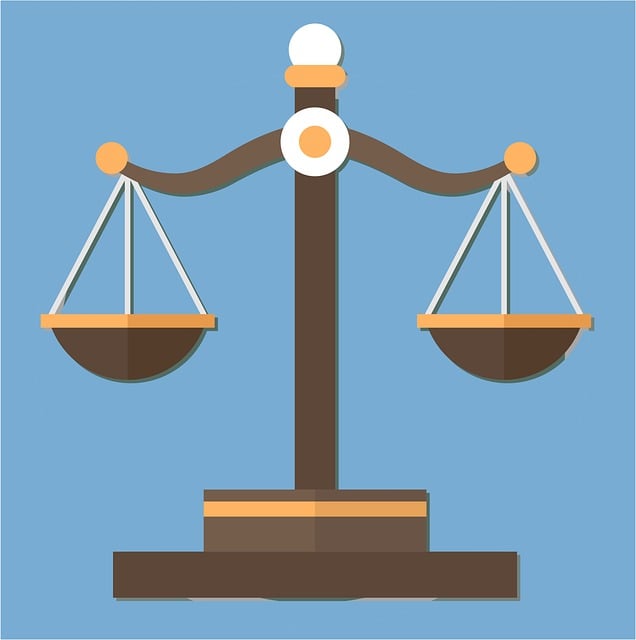Environmental crime, including pollution, deforestation, illegal wildlife trade, and hazardous waste management, is a global concern addressed through complex legal frameworks. The Breach of Contract Litigation Process Explained is a critical tool for holding businesses and individuals accountable for environmental harm. This process involves demonstrating contract violations, scrutinizing terms, establishing breaches, and proving causation using scientific evidence. High-profile cases like United States v. ExxonMobil and People v. Dow Chemical have highlighted the impact of these trials, leading to significant penalties and emphasizing the importance of adhering to environmental regulations. Understanding this system is vital for securing justice against polluters and promoting sustainable practices.
Environmental Crime Trials: Uncovering the Legal Battle Against Eco-offenders. This comprehensive guide explores the intricate world of understanding and prosecuting environmental crimes, with a focus on breach of contract cases. We navigate the legal framework, from relevant environmental laws to the litigation process, offering insights into each step from complaint to verdict. Discover how case studies bring these concepts to life, shedding light on notable trials that have set precedents in breach of contract litigation within environmental disputes.
- Understanding Environmental Crime: Definitions and Scope
- The Legal Framework: Relevant Laws and Regulations
- Breach of Contract in Environmental Cases: A Deep Dive
- Litigation Process: Steps from Complaint to Verdict
- Case Studies: Notable Environmental Crime Trials
Understanding Environmental Crime: Definitions and Scope
Environmental crime, a growing concern globally, refers to illegal activities that cause significant harm to the natural environment. This includes a wide range of offenses such as pollution, deforestation, illegal wildlife trade, and the irresponsible management of hazardous waste. Understanding environmental crime involves recognizing its diverse forms and the legal frameworks surrounding them. Each type of offense has its own set of regulations and consequences, often involving civil and criminal penalties.
The scope of environmental crime is vast, encompassing both direct actions causing immediate damage and indirect practices leading to long-term degradation. Breach of contract litigation plays a crucial role in addressing these issues, especially when businesses or individuals violate environmental protection agreements. The litigation process explains how legal systems hold accountable those responsible for environmental harm, serving as a deterrent for potential offenders. In the context of white-collar and economic crimes, jury trials are integral to ensuring justice, where evidence is presented, and decisions are made by a group of citizens, reflecting the severity of these environmental offenses.
The Legal Framework: Relevant Laws and Regulations
The legal framework for Environmental Crime Trials is a complex web of federal and state laws designed to protect our natural resources and hold perpetrators accountable. Key regulations include the Clean Water Act, Clean Air Act, and Comprehensive Environmental Response, Compensation, and Liability Act (CERCLA), which provide civil and criminal penalties for violations. These statutes offer a robust litigation process, including breach of contract actions, where individuals or entities can be held liable for damages caused by their actions or inactions that harm the environment.
Understanding this legal framework is crucial for achieving extraordinary results in jury trials. The unprecedented track record of successful environmental crime prosecutions demonstrates the effectiveness of these laws and regulations in holding polluters accountable. By navigating the litigation process explained, including breach of contract litigation, advocates can secure justice for environmental violations and set a precedent for future cases.
Breach of Contract in Environmental Cases: A Deep Dive
In environmental crime trials, breach of contract litigation plays a significant role, particularly when businesses are accused of failing to adhere to agreed-upon environmental standards or regulations. The Breach of Contract Litigation Process Explained involves several critical steps that can make or break a case. First, plaintiffs must demonstrate a valid contract in place between the parties, with clear obligations and expectations regarding environmental compliance. This is where the legal intricacies come into play, as lawyers for both sides scrutinize every detail to ensure the contract’s terms are accurately represented and understood.
Once the existence of a breach is established, the focus shifts to proving causation and damages. This often involves complex scientific evidence and expert testimony to show how the defendant’s actions (or inactions) directly led to environmental harm. For businesses facing white collar and economic crimes charges, building a winning challenging defense verdicts strategy requires a deep understanding of both the contract itself and the broader legal landscape governing environmental regulations. Each respective business must demonstrate due diligence and good faith efforts to comply, thereby potentially mitigating liability or even securing favorable outcomes in court.
Litigation Process: Steps from Complaint to Verdict
The Breach of Contract Litigation Process for environmental crimes is a meticulous journey that unfolds in several key steps. It begins when a party alleges a violation of an agreement related to environmental protection, leading to filing a complaint with relevant authorities or a court. This legal action sets in motion a series of procedures designed to uncover evidence and establish liability.
The process then progresses through pretrial activities, including discovery where both sides exchange information, expert witness preparation, and negotiations for potential settlements. If the case proceeds to trial, a judge or jury will deliberate the evidence presented by both plaintiffs and defendants. This includes examining contracts, environmental impact reports, and any mitigating factors. The verdict ultimately determines whether the defendant is found guilty of the breach, leading to consequences such as fines, restitution, or changes in business practices to rectify the initial breach of contract. Across the country, philanthropic and political communities increasingly pay close attention to these trials, aiming to avoid indictment by promoting responsible environmental stewardship.
Case Studies: Notable Environmental Crime Trials
In recent years, several high-profile cases have brought environmental crimes into the spotlight, showcasing the impact of holding perpetrators accountable through the Breach of Contract Litigation Process. These trials serve as powerful examples of how legal systems can address environmental degradation and ensure justice. One notable case is United States v. ExxonMobil, where the company faced charges for its role in the 2010 Deepwater Horizon oil spill in the Gulf of Mexico. The litigation process revealed a pattern of negligence and intentional misdirection, leading to significant penalties and a stark message about the consequences of environmental crimes.
Another compelling instance is People v. Dow Chemical, focusing on the company’s responsibility for toxic waste contamination in Michigan. This trial demonstrated how complex environmental cases can navigate the general criminal defense strategies while uncovering the failures of corporate management. The outcome resulted in a landmark verdict, leading to both monetary reparations and measures to mitigate the environmental damage. These case studies not only highlight successful prosecution but also emphasize the importance of understanding and adhering to environmental regulations, ultimately encouraging organizations to prioritize sustainability and responsibility over potential avoiding indictment tactics.
Environmental crime trials are a crucial aspect of holding perpetrators accountable for their actions that harm our planet. By understanding the legal framework, delving into specific cases like breach of contract, and examining the litigation process, we can see how these cases play out in court. The case studies included here highlight the significance of environmental law enforcement and serve as a testament to the power of justice in safeguarding our environment. For a comprehensive guide on this topic, remember that breach of contract litigation is just one piece of the puzzle, with many relevant regulations in place to combat environmental crimes.






